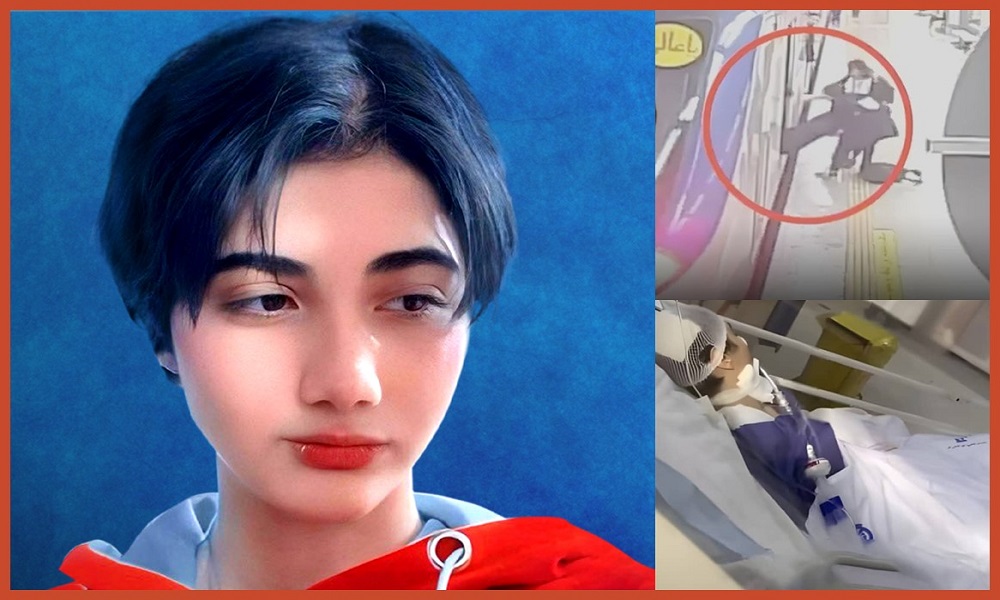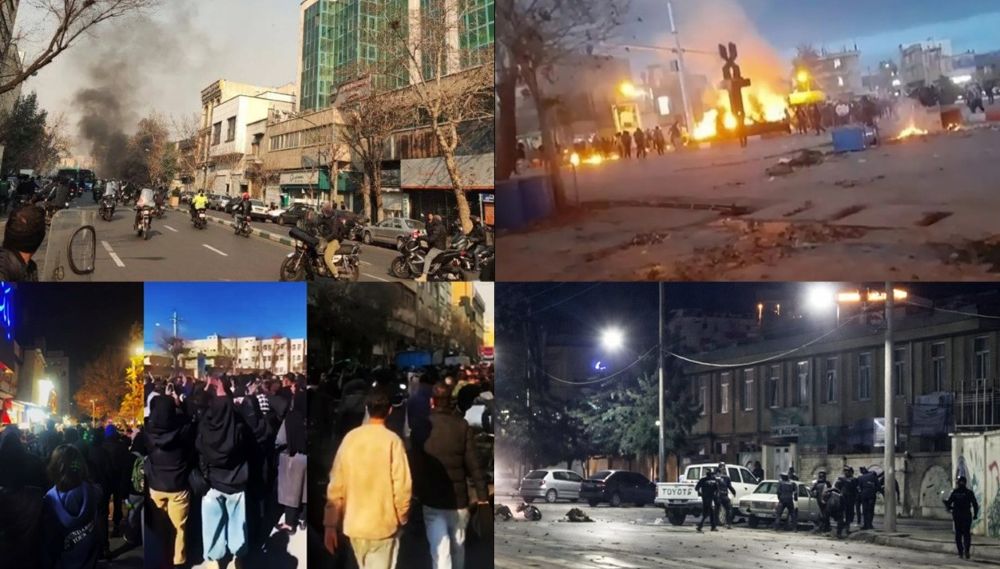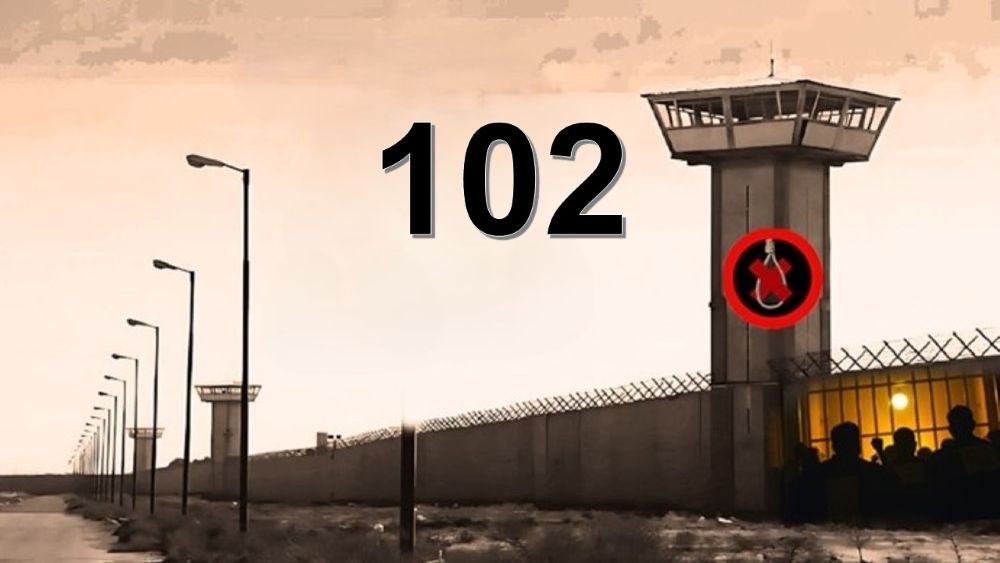
State-affiliated Iranian news agencies reported on Saturday, October 28, that Armita Geravand passed away after receiving extensive medical treatment and spending 28 days in an intensive care unit.
Armita Geravand, a 16-year-old, was en route to school on October 1 when an agent of the morality police at Tehran’s Shohada metro station assaulted her for not adhering to the compulsory hijab rule. Witnesses stated that she lost consciousness after the agent forcibly pushed her, causing her head to strike a metal bar. She was subsequently transported to Tehran’s Fajr Hospital, where she remained in a coma until her passing 28 days later.
Fearing potential protests, the regime implemented heightened security at the hospital and limited access to Armita, even denying her family visits. A journalist was arrested while attempting to report on the incident.
Reports and statements of witnesses about how Armita Geravand was killed
A witness who spoke to The Guardian claimed that a female hijab enforcer initiated an argument with Armita as soon as she entered the metro carriage due to her lack of a headscarf. “The chador-clad woman shouted at her, questioning her about her lack of coverage,” the witness relayed to The Guardian. “Armita responded, ‘Do I ask you to remove your headscarf? Why are you asking me to wear one?’ Their dispute turned violent as the hijab enforcer physically assaulted Armita and forcefully pushed her.”
Another witness recounted that Armita was still conscious upon falling to the ground. Witnesses alleged spotting the same hijab enforcer lingering near the ambulance that transported Armita to the hospital.
The regime’s media refrained from releasing security camera footage from inside the metro wagon. Instead, they shared edited and blurry videos, showing distant footage of the incident after Armita had lost consciousness. They also presented selected witnesses and friends on state television, aligning their testimonies with the government’s narrative. Reports suggest that regime authorities threatened witnesses, coercing them to refrain from providing genuine accounts of the events on October 1. Armita’s parents were also pressured by regime officials.
International condemnations regarding the murder of Armita Geravand
On October 24, Javaid Rehman, the UN Special Rapporteur on the human rights situation in Iran, expressed concern to the UN General Assembly’s Third Committee regarding the news of 16-year-old Armita Geravand being brain-dead. He also voiced unease about over 13,000 students, predominantly girls, affected by suspected poisoning in more than 100 schools without any effective government response. Rehman emphasized limitations on the right to participate in public life due to “politically engineered ‘Islamic criteria’ or the application of state ideology,” exacerbating existing constitutional and legislative constraints.
Amnesty International had previously asserted, based on published reports and multiple pieces of evidence, that Armita Geravand lapsed into a coma after an assault by an officer enforcing compulsory hijab regulations.
Amnesty International's Evidence Lab has revealed gaps in the CCTV footage released by authorities in relation to Armita Garawand's collapse in Tehran’s metro. Part of the Iranian authorities horrific campaign to cover up the truth. pic.twitter.com/QDxpvCHbxk
— Amnesty International USA (@amnestyusa) October 6, 2023
Mrs. Maryam Rajavi, the president-elect of the National Council of Resistance of Iran (NCRI), conveyed her condolences for Armita Geravand’s passing. “Once again, the ruling religious dictatorship in Iran has unjustly taken the life of an innocent girl under the false pretext of improper veiling,” she remarked. “The repressive forces aim to quell uprisings and protests by besieging the hospital and resorting to oppressive measures. However, they fail to realize that the people, especially the youth of Iran, alongside my fellow Iranian girls and women, persist in their determination to overthrow the regime of the clerics and replace it with democracy and popular sovereignty.”
I offer my sincere condolences for the loss of #ArmitaGaravand .
— Maryam Rajavi (@Maryam_Rajavi) October 28, 2023
Once again, the religious fascism ruling #Iran has taken an innocent girl from us under the bogus excuse of improper veiling.
The repressive forces aim to prevent people's uprising and protest by besieging the… pic.twitter.com/O3CmairqQ0



